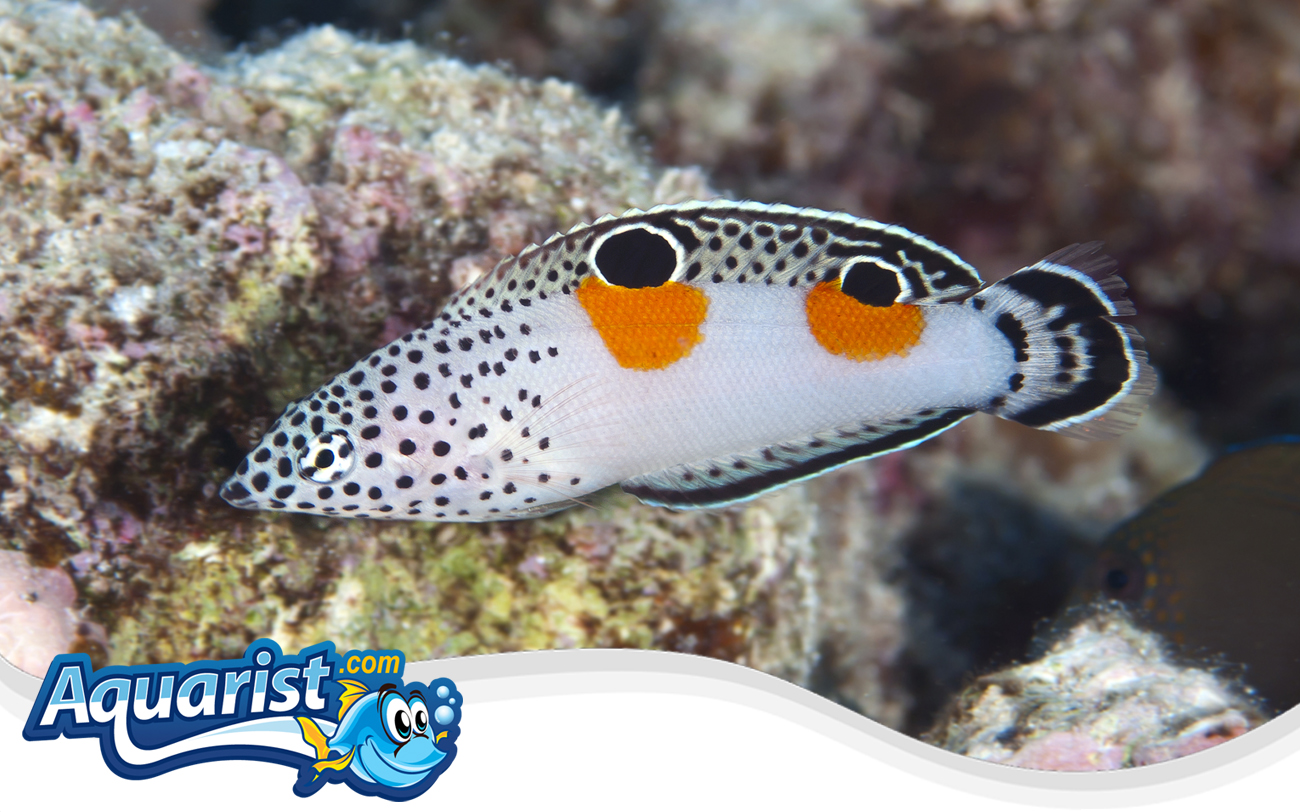Overview
- Native to the Indo-Pacific, found in coral reefs, sandy lagoons, and rocky coastal areas.
- Recognized for its striking color transformation from juvenile to adult stages.
- Juveniles display a white body with black spots, while adults develop vibrant green and blue hues.
- A highly active species that requires ample space for swimming and exploring.
- Best suited for large aquariums with plenty of live rock, stable water parameters, and a sand bed.
Feeding
- Carnivorous, primarily preying on small crustaceans, mollusks, and echinoderms in the wild.
- Requires a varied diet consisting of frozen mysis shrimp, brine shrimp, chopped squid, and marine pellets.
- Readily adapts to prepared foods but benefits from occasional live food offerings.
- Multiple feedings per day ensure proper growth and maintain energy levels.
- A protein-rich diet helps support its rapid growth and color development.
Habitat
- Prefers reef-associated environments with sandy bottoms for burrowing.
- Frequently found in open areas where it actively hunts for food.
- Aquarium setups should include a deep sand bed for burrowing and live rock for shelter.
- Requires high-quality filtration and stable water conditions for long-term health.
- Providing open swimming space and a structured environment supports natural behaviors.
Fish Care
- Optimal water temperature: 74-80°F (23-27°C) for maintaining activity and metabolism.
- Preferred pH range: 8.1-8.4, with a salinity level of 1.020-1.025.
- Requires consistent water quality with frequent water changes to prevent stress-related issues.
- Not considered reef-safe, as it may prey on small invertebrates and disturb coral structures.
- Providing a large, well-structured aquarium supports its active lifestyle and minimizes stress.
Compatibility
- Semi-aggressive and best suited for tanks with similarly sized, robust fish.
- Compatible with tangs, angelfish, groupers, and other large marine species.
- Should not be housed with small fish or delicate invertebrates, as they may be seen as prey.
- May become territorial as it matures, requiring ample space to reduce aggression.
- Providing adequate hiding areas and space helps minimize conflicts with tankmates.
Aquarium Behavior
- An extremely active and inquisitive species that spends much of its time exploring the tank.
- Frequently buries itself in the sand at night for protection.
- Often observed picking at rock surfaces and sifting through the substrate in search of food.
- Providing a varied environment with caves, open areas, and sand supports natural behaviors.
- Over time, it may recognize its caretaker and display interactive behaviors, especially during feeding.


